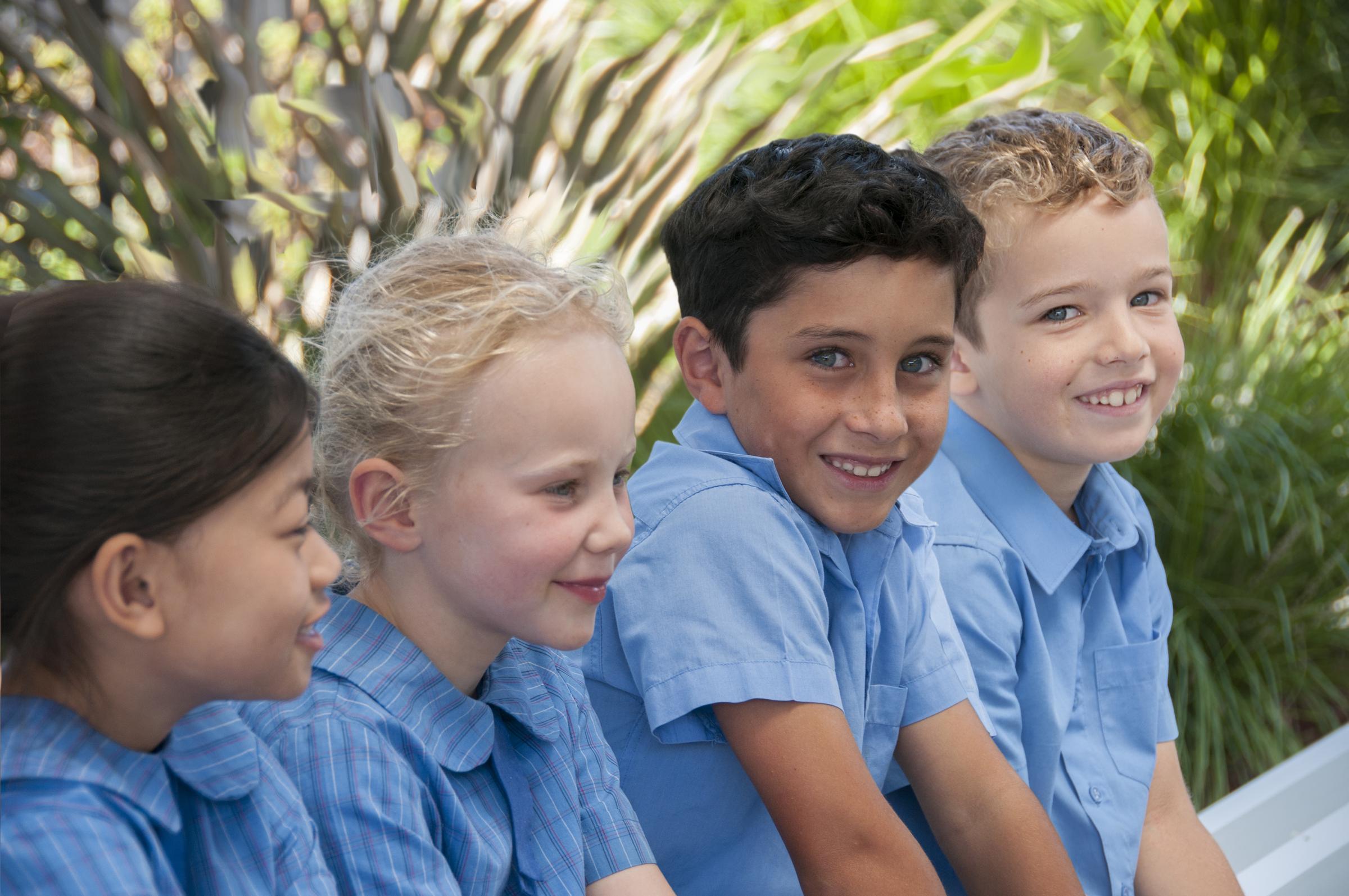Student Well-being

10 practical tips for helping your kids become emotionally resilient
Those big feelings, like disappointment and anger are hard to take. They are hard enough for adults who understand emotions and have rational minds to deal with them, but for kids who have not developed this level of rational thinking, they are much trickier and often cause significant angst in families. It is important to help our children recognise their feelings and not “rescue” them from the hard ones, but help them develop their own strategies for dealing with them. Every feeling comes for a reason.
Don’t try to “fix” their feelings
Children need time to work through their own feelings and find some solutions to their problems rather than have us jump in all the time to try to fix their negative feelings. Disappointment is one of our kids’ biggest teachers and, if they are taught to manage it, they will have that skill for the rest of their lives.
Remind them that all feelings are OK - validation is key
OK to cry, it is OK to be angry, it is OK to be sad. It’s what we do with these feelings that will have the big impact. A good rule to establish is that no matter what our feelings, we need to “respect self, respect property and respect others”. This gives boundaries around what is expected when children feel angry or mad.
Thoughts affect feelings, which affect actions
Our thoughts affect our feelings and our feelings affect our behaviour and actions. This is a powerful message for kids and one worth trying to help them understand, especially by the age of nine or 10.
Help them identify strategies to move from negative feelings to positive ones
Once your child knows the difference between negative and positive emotions, it’s great to help find strategies to move from one to the other. One way I have seen work is creating a “feelings ladder”. With your child, draw a ladder where the bottom half of the rungs show negative emotions such as sad, angry, annoyed, frustrated and lonely. The top half of the rungs show the positive emotions including happy, excited, joyful, positive and optimistic. Around the ladder, children write down how they plan to “climb the ladder” when they are feeling negative. Prompt them with strategies they can use such as bouncing on the trampoline, cuddling with Mum or Dad, reading a book or talking to a friend.
Slow down the pace
When we are tired, our feelings radar is challenged and so are our kids. We don’t have the same go-to strategies to react to the big emotions and our feelings are exuberated. We live in a fast-paced society where we are racing from one activity or task to another and our kids live it with us. They get tired. We get tired. Sometimes as a family we go through a week or two when we are all tired and in a constant state of being angry, tired, sad and frustrated.
Slow down or stop. Have a day at home together or a slow weekend. Let your kids know you are going to have some downtime together to regroup and recharge. Allow them this time to just be. Let them know it’s OK to take the time to slow down and recharge.
Feelings don’t last forever
When kids are feeling the big emotions, it seems like they are going to last forever. Remind your kids that we feel many different emotions in a day and sometimes we can feel two at the same time. Feelings come and go. Some are big and scary or big and exciting and some are just part of our day.
Show your own feelings
Parents are not robots. In the fast pace of life we live with our children it’s easy to forget we are also human and not perfect when it comes to managing our emotions. You are actually the best role model to show kids what emotions look like and how you deal with them. Tell your kids when you are feeling cranky and let them know your own strategies to be able to move from negative to positive emotions. It might be as simple as making a cup of tea to calm down or going for a walk; share your strategies with your kids.
It’s also OK for kids to see you when you are not calm and composed all the time so they can see that all feelings are OK and everyone feels them.
Help kids recognise their body triggers
The fact that our bodies often feel the worry, anger or disappointed before our thoughts and actions do resonates with kids. They generally are more in tune with their bodies than adults are and we can help them harness this. Their hearts might beat more quickly when they are scared. They have butterflies in their tummies when they are worried. Allowing kids to tune into their bodies will help them anticipate what is about to happen and put strategies in place before they do.
Show kindness
The part of human brains that allows us to have rational thought, our pre-frontal cortex, is not fully developed until the age of 25. That’s a long time to make irrational decisions and emotional choices, so when your children are crying and having an angry outburst, be kind. Remember that they haven’t developed their reasoning power yet and you have. To do this, you need to have filled your own love cup and have the patience to deal with the irrational outbursts, so take time out and do what you love, too.
Take care,
Lauren Borg
Student Well-being Leader
